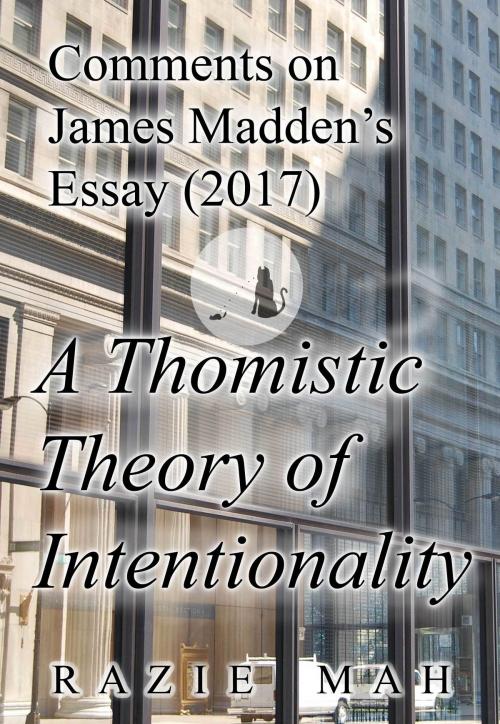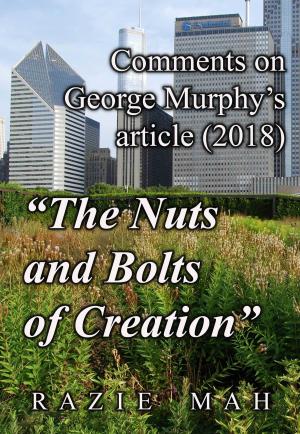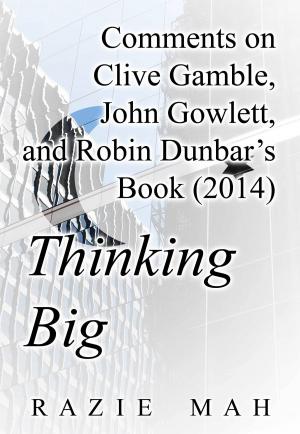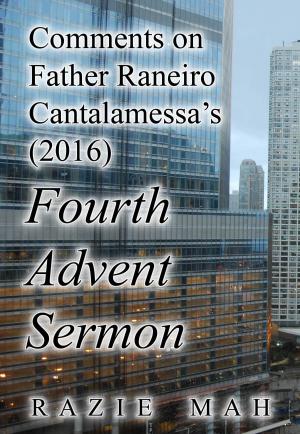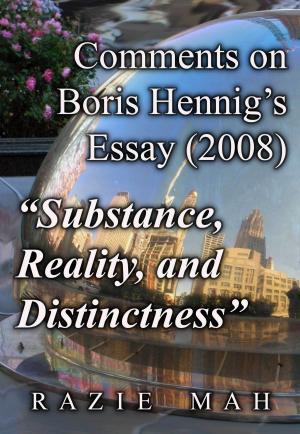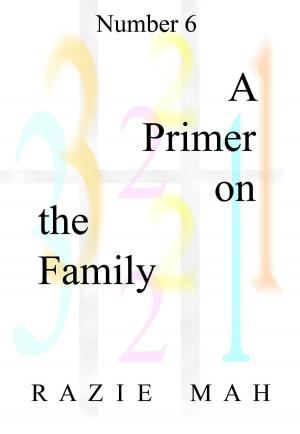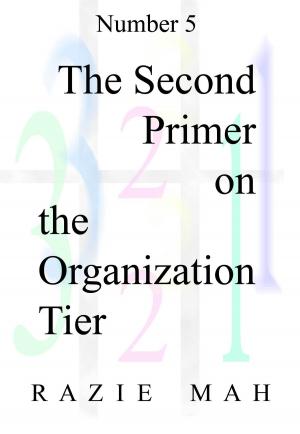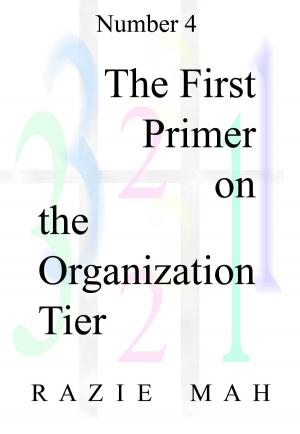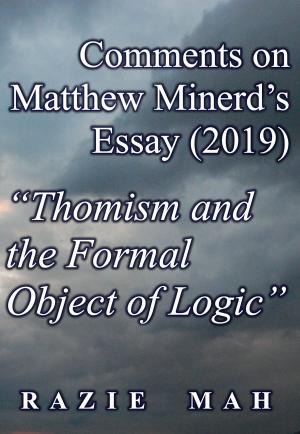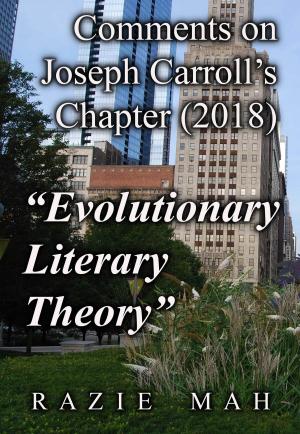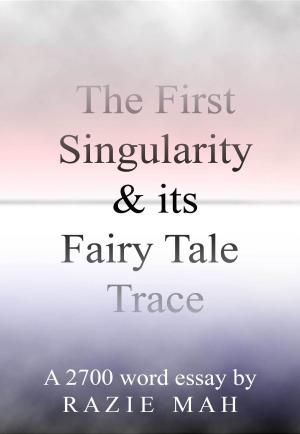Comments on James Madden’s Essay (2017) A Thomistic Theory of Intentionality
Nonfiction, Religion & Spirituality, Philosophy, Metaphysics, Theology, Christianity| Author: | Razie Mah | ISBN: | 9781942824312 |
| Publisher: | Razie Mah | Publication: | April 8, 2017 |
| Imprint: | Smashwords Edition | Language: | English |
| Author: | Razie Mah |
| ISBN: | 9781942824312 |
| Publisher: | Razie Mah |
| Publication: | April 8, 2017 |
| Imprint: | Smashwords Edition |
| Language: | English |
This work comments an essay titled, “Is a Thomistic Theory of Intentionality Consistent with Physicalism?” The original author is James D. Madden. The article appears in the Winter 2017 edition of the American Catholic Quarterly (91:1-28).
Madden’s essay covers a lot of interesting territory. He defines simple and rational intent. He associates the first to weakly non-physical processes and the latter to strongly non-physical processes. He shows how this association is inconsistent with physicalism. Then, he answers objections.
This work re-articulates Madden’s essay into the format of the category-based nested form. The results complement the interscope developed in A Primer on the Individual in Community. Both simple and rational intent belong to the realm of possibility. This automatically puts them out of the reach of naive physicalism.
Despite this, specialized neural structures process simple and rational intent. The modules are adaptations into a niche. Simple and rational intent constitute two niches. Consequently, Darwinism provides an interesting twist that supports Madden’s intuition.
The comments conclude with a hypothesis on why universals are crucial for rational intentionality.
This work comments an essay titled, “Is a Thomistic Theory of Intentionality Consistent with Physicalism?” The original author is James D. Madden. The article appears in the Winter 2017 edition of the American Catholic Quarterly (91:1-28).
Madden’s essay covers a lot of interesting territory. He defines simple and rational intent. He associates the first to weakly non-physical processes and the latter to strongly non-physical processes. He shows how this association is inconsistent with physicalism. Then, he answers objections.
This work re-articulates Madden’s essay into the format of the category-based nested form. The results complement the interscope developed in A Primer on the Individual in Community. Both simple and rational intent belong to the realm of possibility. This automatically puts them out of the reach of naive physicalism.
Despite this, specialized neural structures process simple and rational intent. The modules are adaptations into a niche. Simple and rational intent constitute two niches. Consequently, Darwinism provides an interesting twist that supports Madden’s intuition.
The comments conclude with a hypothesis on why universals are crucial for rational intentionality.
